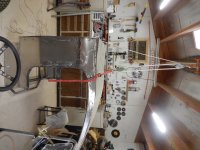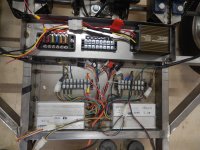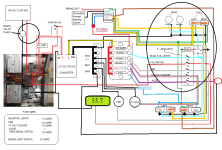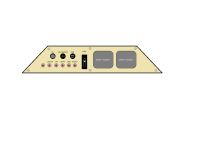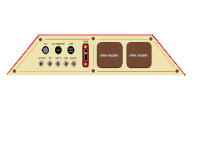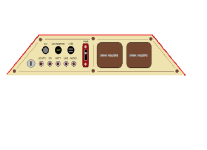Moving right along
The breaker is to arrive Monday and the switches on Wednesday (maybe).
Updated the wiring diagram to add the circuit breaker and now the 12-volt voltmeter as well.
I have wired the breaker on the positive line because that is how the breaker in the battery is wired.
Reminder: the extra breaker provides access to it, whereas the battery breaker is inaccessible once the battery cover is on.
I will have dual voltage readings at any given time. If they are wired correctly.
I have wired the 12-volt meter to the 12-volt socket circuit. I can flick the switch at any time to see what my 12-volt system is doing and/or use the 12-volt socket. Right next to the - EJECT button.
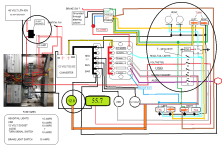
Also redesigned the dash layout.
The primary power switch is now located on the rear vertical panel behind the switches

With so much thought going into this wiring, I'm sure to forget or get something wrong.
I'm starting to see the end of this, and the excitement is growing each day, that maybe, just maybe I will actually realize my goal of driving it in a parade or 2, or 3 or ?

... next year.


